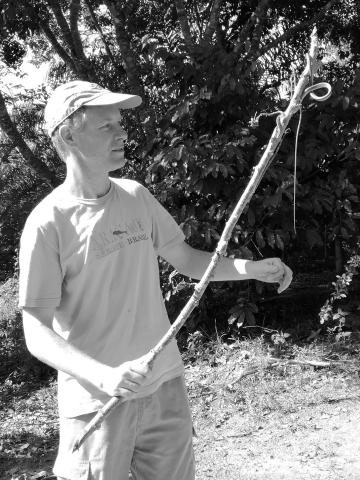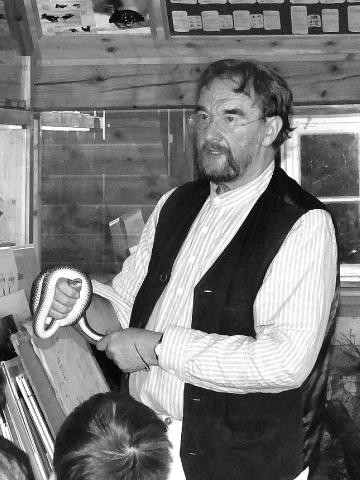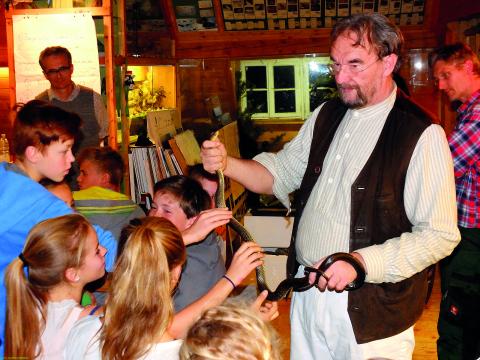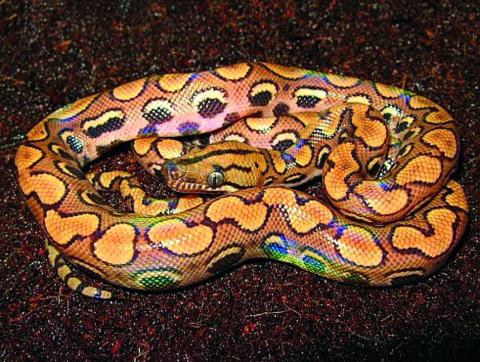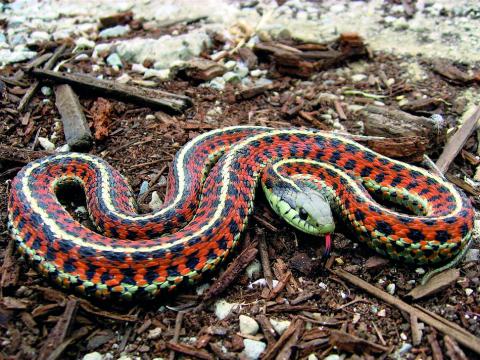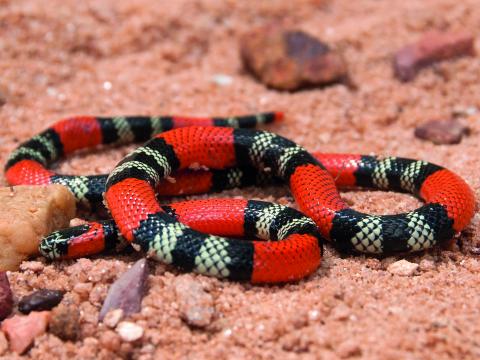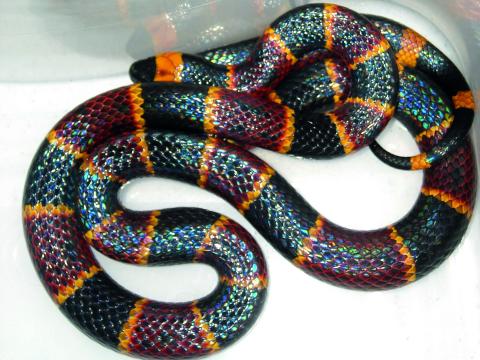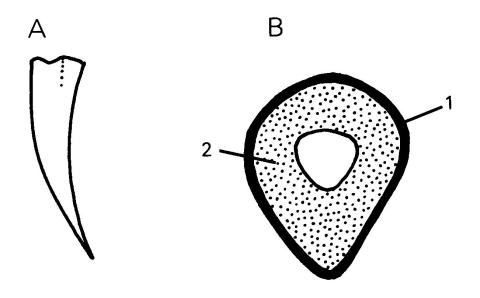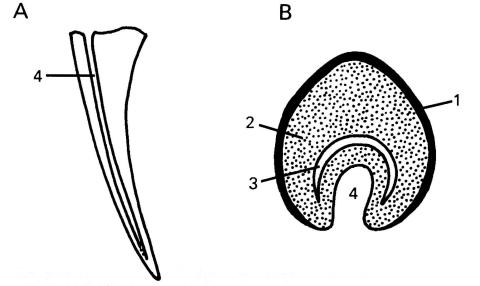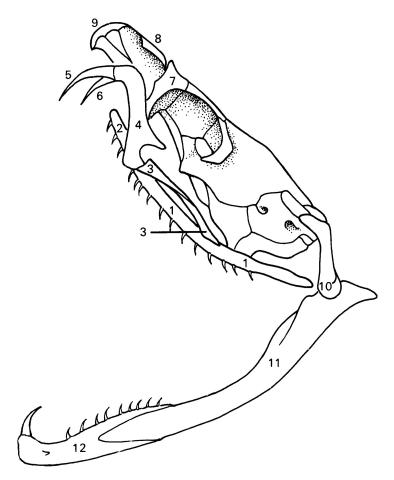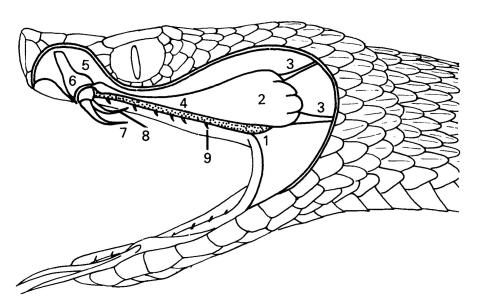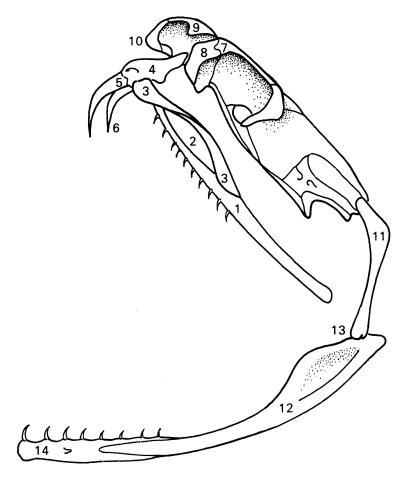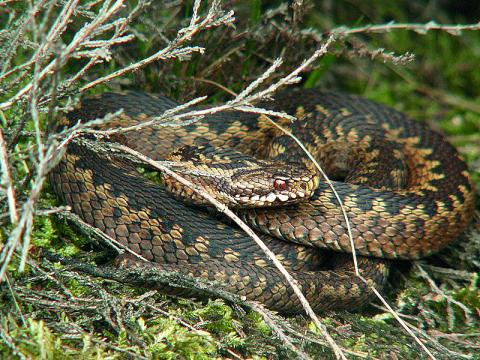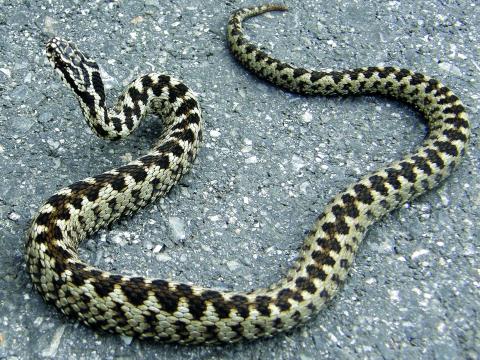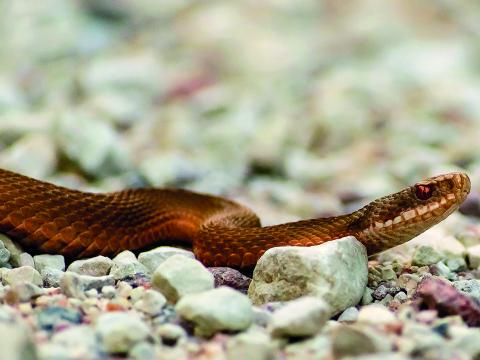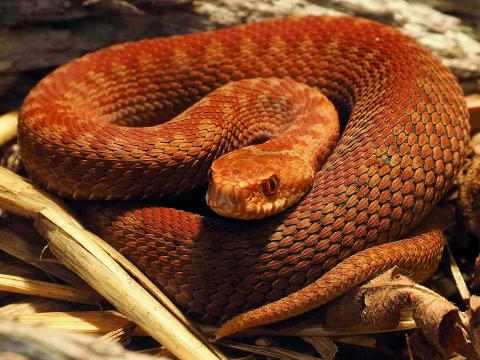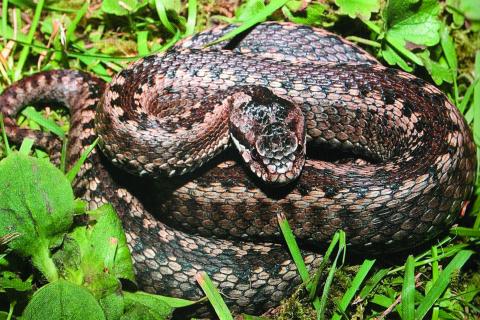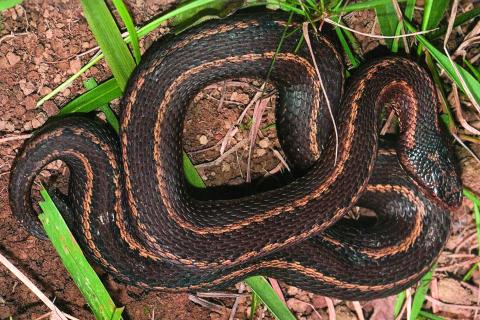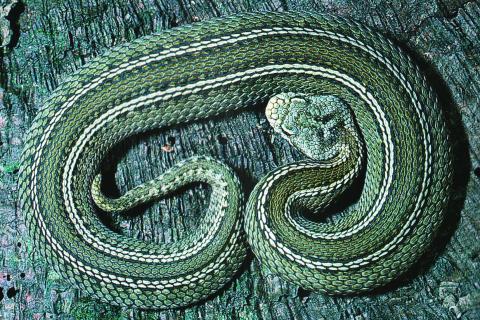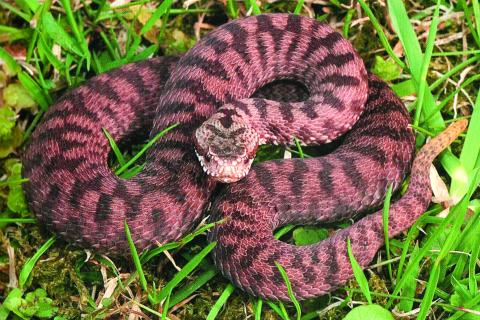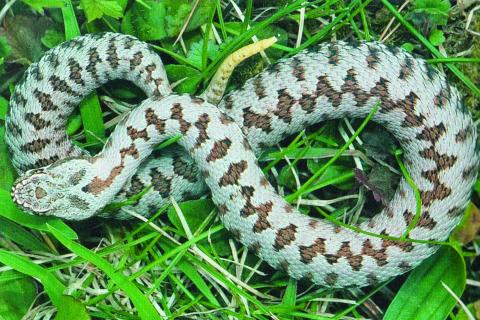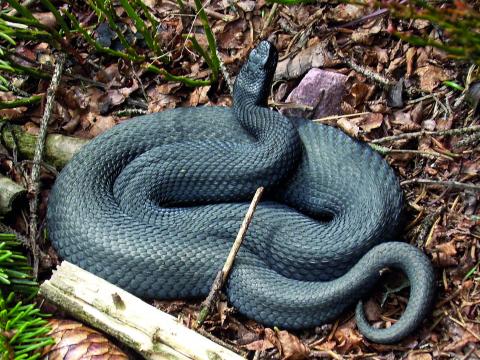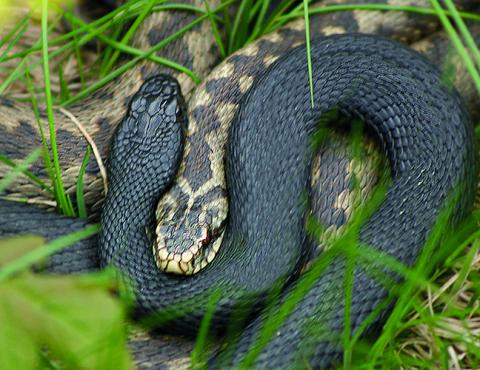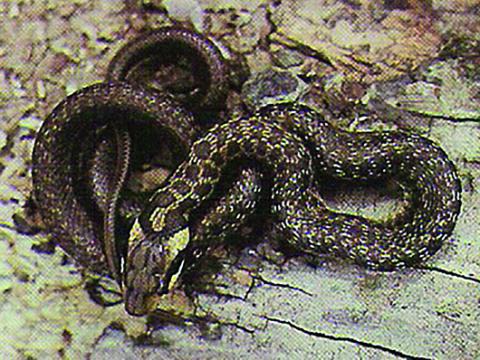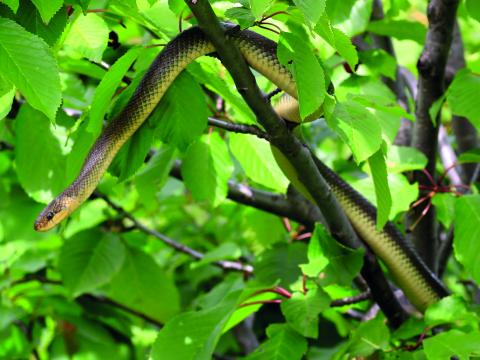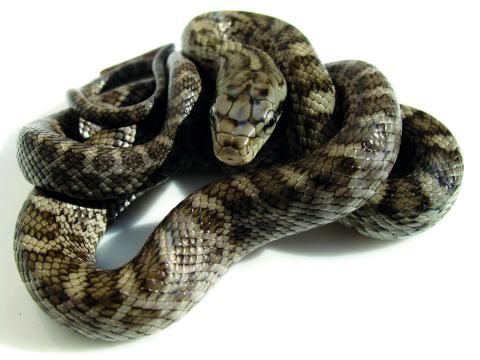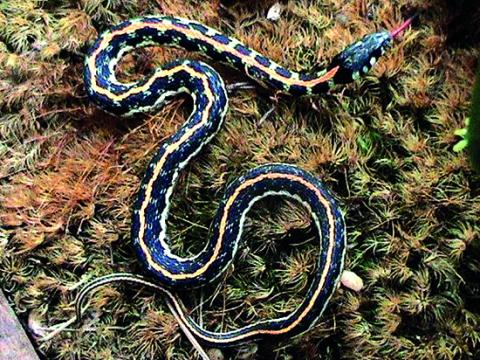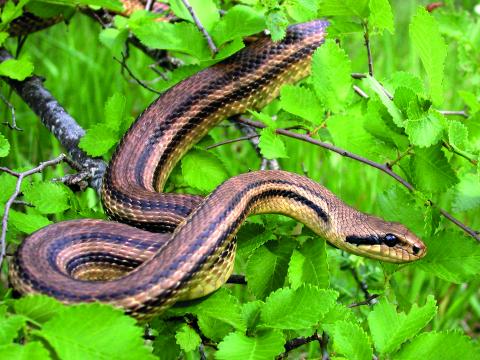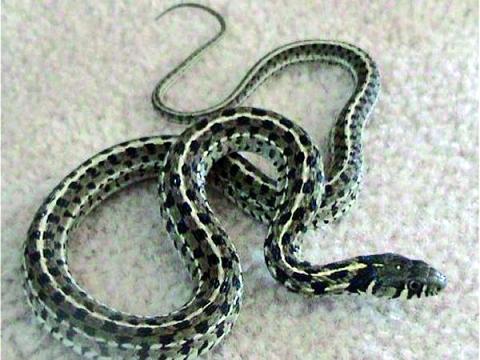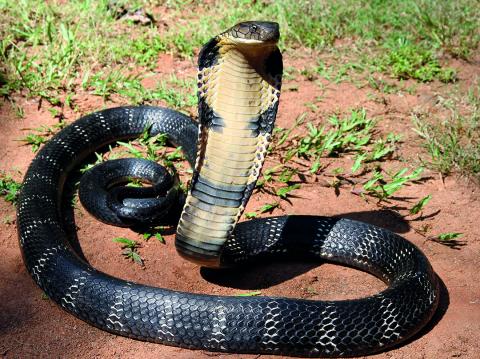Zur Gestaltbiologie der Schlangen
Export Article Citation as
- Download price : €6
Abstract:
In the last years of his life, it was a great concern of Mathias Küster (1950–2022) to write down his ideas on the gestalt biology of snakes, even though he no longer saw himself in a position to do so alone. However, the project, which was started together in 2021, could only be completed after his death. With regards to content, the structure of this work is based on the composition of the numerous courses, which Mathias Küster gave. The text begins with a general characterization of snakes, then briefly introduces the seven native species, which is followed by a look at the relationships and the evolutionary development of the venomous fangs. The following chapters on the coloration of vipers and adders as well as on the tripartite structure of snakes attempt to present the essential results of the research work that Mathias Küster has conducted on snakes over decades.
References
- Bauchot, R. (Hrsg.) (1998): Schlangen. Evolution, Anatomie, Physiologie, Ökologie und Verbreitung, Bedrohung und Gefährdung, Haltung und Pflege. Augsburg
- Bembé, B. (2019): Betrachtung zur Gestaltbiologie der Bienen. Jahrbuch für Goetheanismus 2019: 73–123. Stuttgart
- Bembé, B. (2022a): Die verbindende Mitte. Zur Dreigliederung bei Mensch, Tier und in der Kulturgeschichte Ägyptens. Die Drei, März/April 2022: 73–86
- Bembé, B. (2022b): Die Bäume der Erde in ihrer Gestaltbiologie. Jahrbuch für Goetheanismus 2022: 93–147. Stuttgart
- Brodmann, P. (1987): Die Giftschlangen Europas und die Gattung Vipera in Afrika und Asien. Bern
- de Smedt, J. (2001): Die europäischen Vipern. Artbestimmung, Systematik, Haltung und Zucht. JDS Verlag, Kempten
- de Smedt, J. (2006): The Vipers of Europe. JDS Verlag, Kempten
- Diesener, G., Reichholf, J., Diesener, R. (1996): Lurche und Kriechtiere. Steinbachs Naturführer. München
- Engelmann, W.-E., Obst, F. J. (1981): Mit gespaltener Zunge – Aus der Biologie und Kulturgeschichte der Schlangen. Freiburg
- Gehlig, R. (1998): Zur Symbolik von Schlange und Vogel. In: Dorka, R., Gehlig, R., Schad, W., Scheffler, A. (Hrsg.): »Zum Erstaunen bin ich da«. Forschungswege in Goetheanismus und Anthroposophie, S. 184–219. Dornach
- Gruber, U. (1989): Die Schlangen Europas und rund ums Mittelmeer. Kosmos Naturführer. Stuttgart
- Hardtmuth, Th. (2021): Mikrobiom und Mensch. Die Bedeutung der Mikroorganismen und Viren in Medizin, Evolution und Ökologie. Berlin
- Schad, W. (1978): Das Problem der Mitte. Mitteilungen aus der Anthroposophischen Arbeit in Deutschland, 32. Jahrgang, Heft 3, Nr. 125
- Schad, W. (2012): Säugetiere und Mensch. Ihre Gestaltbiologie in Raum und Zeit. Stuttgart
- Steiner, R. (1960): Das Initiaten-Bewusstsein. Die wahren und die falschen Wege der geistigen Forschung, 8. Vortrag, 19. August 1924. Dornach
- Storch, V., Welsch, U. (1997): Systematische Zoologie. Stuttgart, Jena, Lübeck, Ulm

